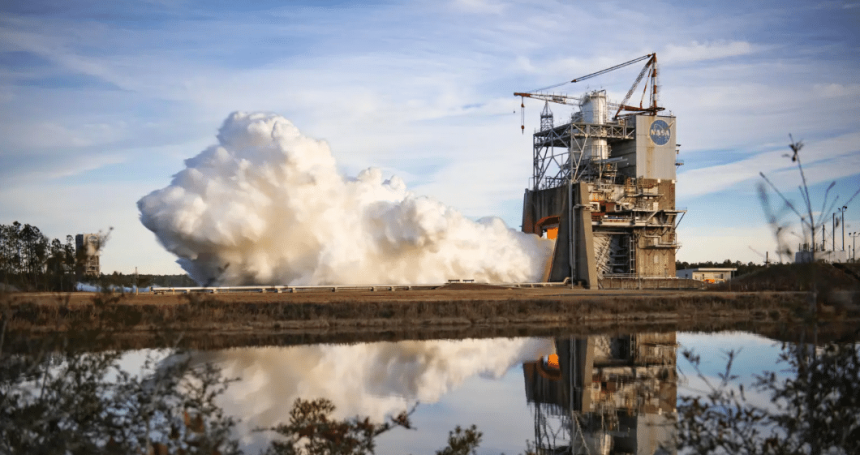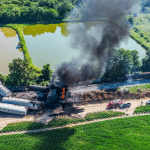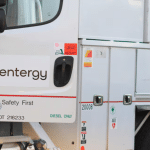NASA has conducted its first round of hot fire testing of 2024 in a series aimed at paving the way for producing new RS-25 engines.
The test series, which initially began in October 2023, for future flights of NASA’s SLS (Space Launch System) rocket in support of the Artemis campaign continued on Wednesday at Stennis Space Center in Bay St. Louis.
Data collected from the test series will be used to certify the production of new RS-25 engines by lead contractor Aerojet Rocketdyne, an L3Harris Technologies company, to help power the SLS rocket on future Artemis missions to the Moon and beyond, beginning with Artemis V.
Teams are evaluating the performance of several new engine components, including a nozzle, hydraulic actuators, flex ducts, and turbopumps. The current series is the second and final series to certify the production of the upgraded engines. NASA completed an initial 12-test certification series with the upgraded components in June 2023.
During Wednesday’s test, operators followed a “test like you fly” approach, firing the engine for the same amount of time – almost 8.5 minutes, or 500 seconds – needed to launch SLS and at power levels ranging between 80 percent to 113 percent.
During three tests last fall, operators fired the engine for durations from 500 to 650 seconds. The longest planned test of the series occurred on November 29 when crews gimbaled, or steered, the engine during an almost 650-second hot fire. The gimbaling technique is used to control and stabilize SLS as it reaches orbit.
RELATED: NASA Stennis achieves major milestone for in-flight software mission
Each SLS flight is powered by four RS-25 engines, firing simultaneously during launch and ascent to generate over 2 million pounds of thrust.
The first four Artemis missions with SLS are using modified space shuttle main engines that can power up to 109 percent of their rated level. The newly produced RS-25 engines will power up to the 111 percent level to provide additional thrust. Testing to the 113 percent power level provides an added margin of operational safety.
With the completion of the test campaign in 2024, all systems are expected to be good for the production of 24 new RS-25 engines for missions beginning with Artemis V.
Through Artemis, NASA will establish a long-term presence on the Moon for scientific exploration with commercial and international partners, learn how to live and work away from home, and prepare for future human exploration of Mars.








